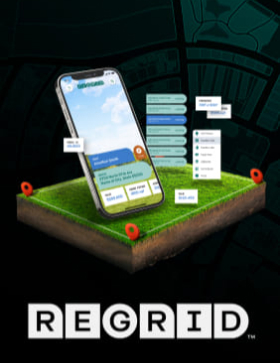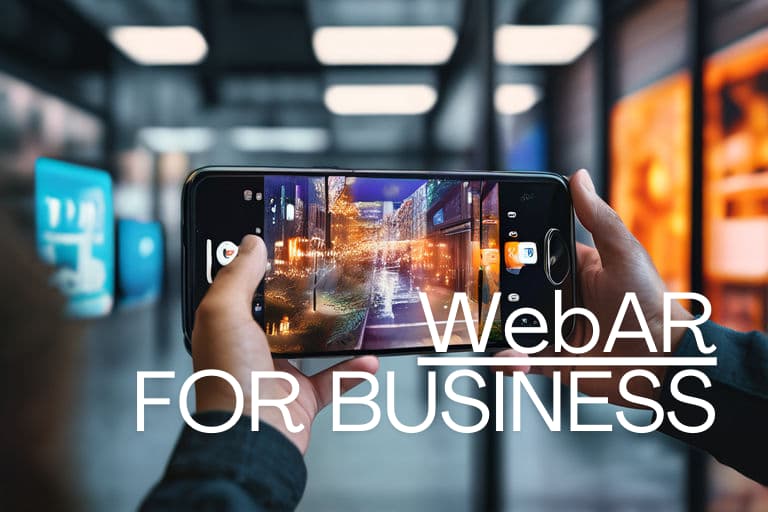
Forrest Gump’s mother said it best, “life is like a box of chocolates, you never know what you’re gunna to get.” As a frequent surfer of the internet I feel the same way about websites, and their mobile responsiveness (or lack there of).
Sure, most websites look great when opened on a PC, but the true test comes when you’re on your phone. Earlier this week we did a write up on Google’s “Mobilegeddon” and how it would affect your business if the necessary steps weren’t taken to prepare for it. Today, we are going to continue the conversation by breaking down different types of mobile responsiveness, so there is no guessing on “what you’re gunna get.”
While there are many different ways to share content in the digital age, today we’ll cover 3 of the most common, primary methods that you’ll likely see every day: mobile websites, mobile responsive websites, and of course — mobile apps. We’ll cover the similarities and differences between each, giving you what you need to decide which “mobile-friendly” option is best for you!
Mobile Websites
A mobile website is a different version of your website that, while offering similar or related content (often extremely similar), is still technically using a different domain or subdomain. The website intuitively distincts whether you are on a phone or PC, and will direct you accordingly. This is a viable option if you are, lets say, Facebook — because they are able to afford the upkeep required when running two different websites. This is a tedious (and expensive) task for multiple reasons — including the fact that when updates and changes are made to primary elements of the site, these changes must remain uniform across the board (and therefore, often be changed twice).
Mobile Responsive
Having a responsive site means that your site intuitively adjusts its content to fit the size of your screen, no matter what kind of device you are on. For most, this method is usually the most preferred of the different types being discussed. Aside from a better experience for your user, one of the primary benefits of having a responsive site includes not having to maintain multiple websites — ultimately making it more cost effective. Fluidity is the key to having a responsive site and giving your user the most pleasant experience possible, no matter what device they are using. Gravity Jack just so happens to follow this particular model. If you are on a PC go ahead and shrink your screen and see what happens. The content, remains uniform and legible. If you are already using your phone — pretty good stuff, huh?
Mobile Apps
Finally, comes the mobile app. Most people this day and age are familiar with mobile apps — and spend 2 full days on mobile apps each month! This standalone program has much of its content developed or “baked” into a package of files or app that are stored on the device. Apps can, most commonly, be found on your friendly local app store (Apple or Google Play), usually displayed as an app itself, on your device. The upside is clear: The mobile content from an app is bound to be great (or at least should be) because it was created specifically for your phone. Another benefit to going the mobile app route is that users will have an icon that acts as a shortcut to your content, and is easily accessible. This leaves the task of ‘surfing’ for those in the ocean!
Respond With Responsiveness
Every site has different wants and needs. What works for one company doesn’t necessarily mean that it’s what is best for everyone. Over half of Google’s traffic is accounted for through mobile devices, so the most important takeaway here is that no matter what path you take, be sure you are mobile-friendly. Don’t be Ms. Gump, study the chart and choose what suits you!








